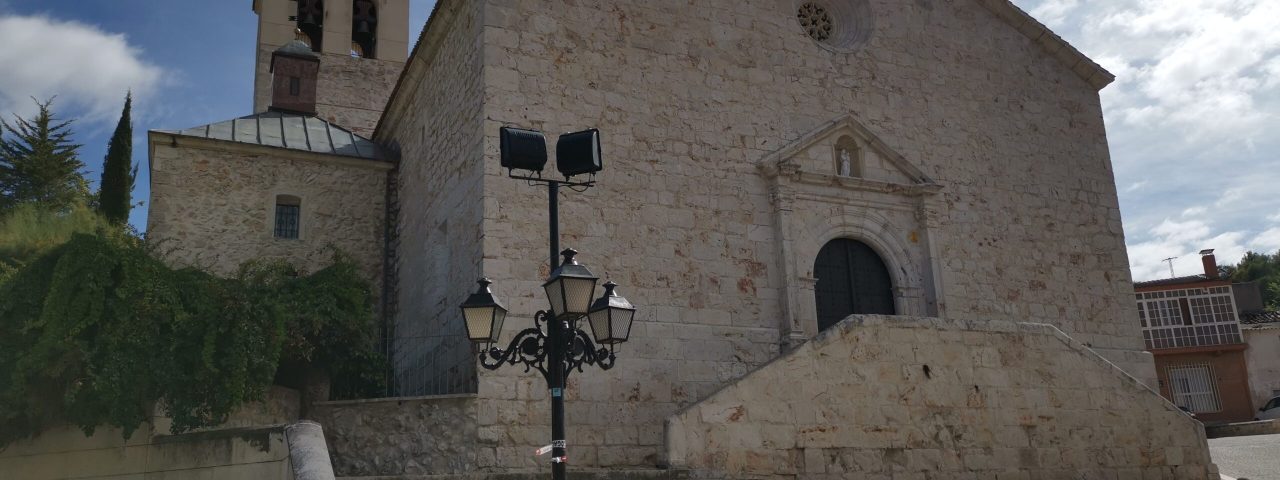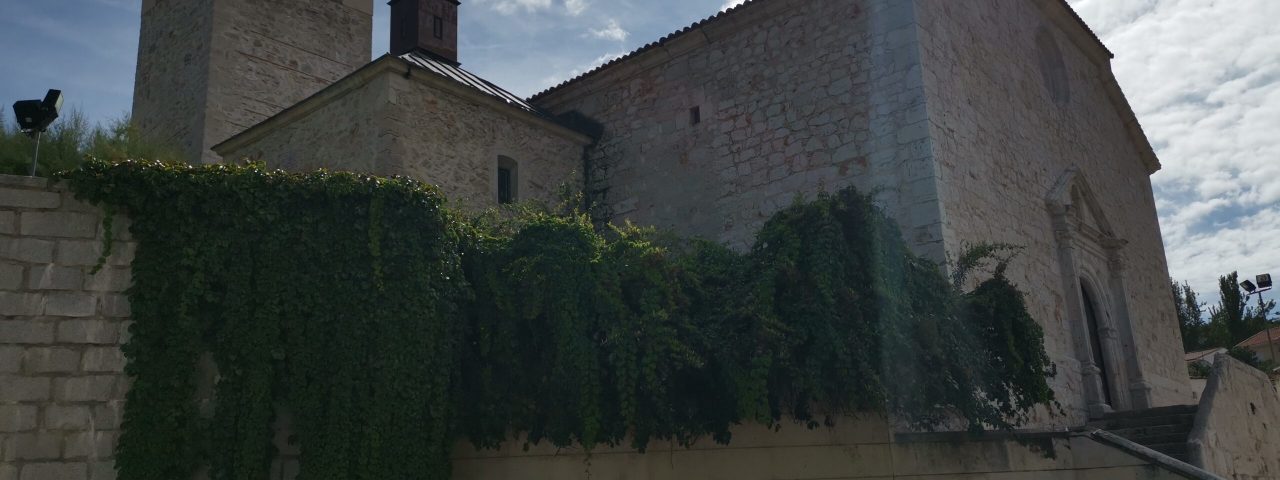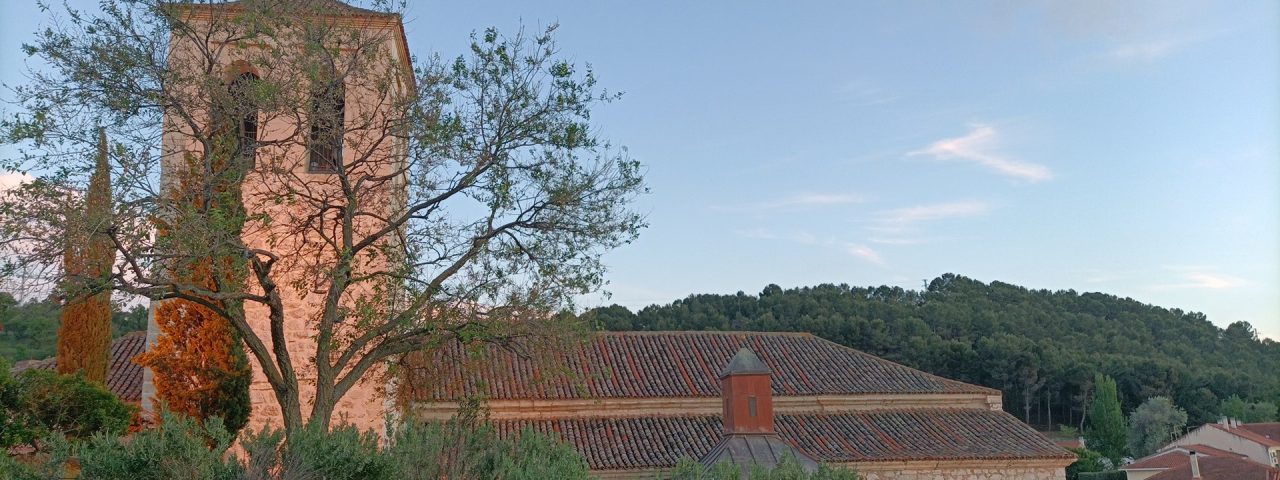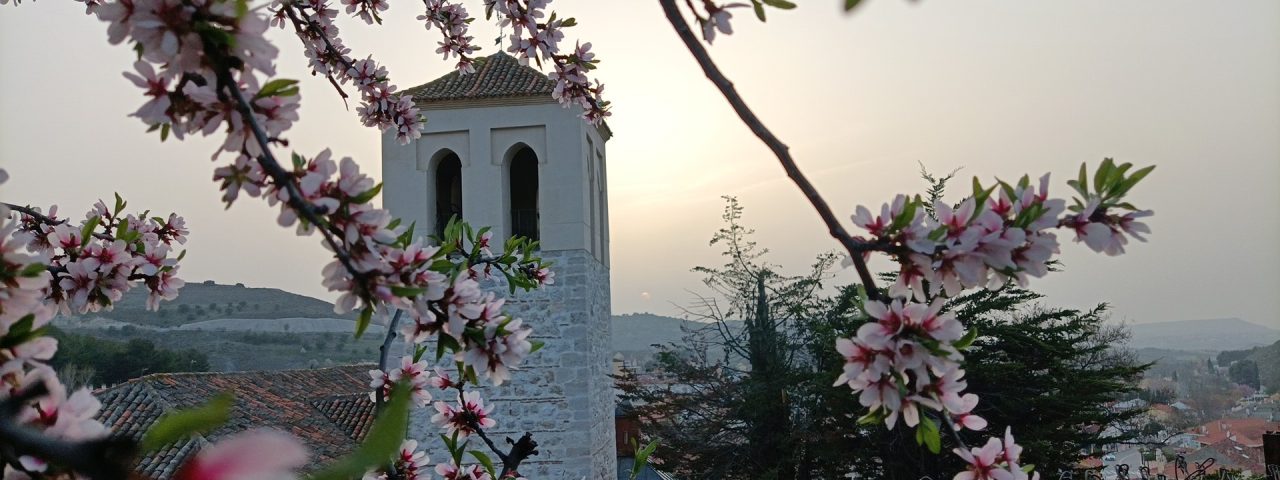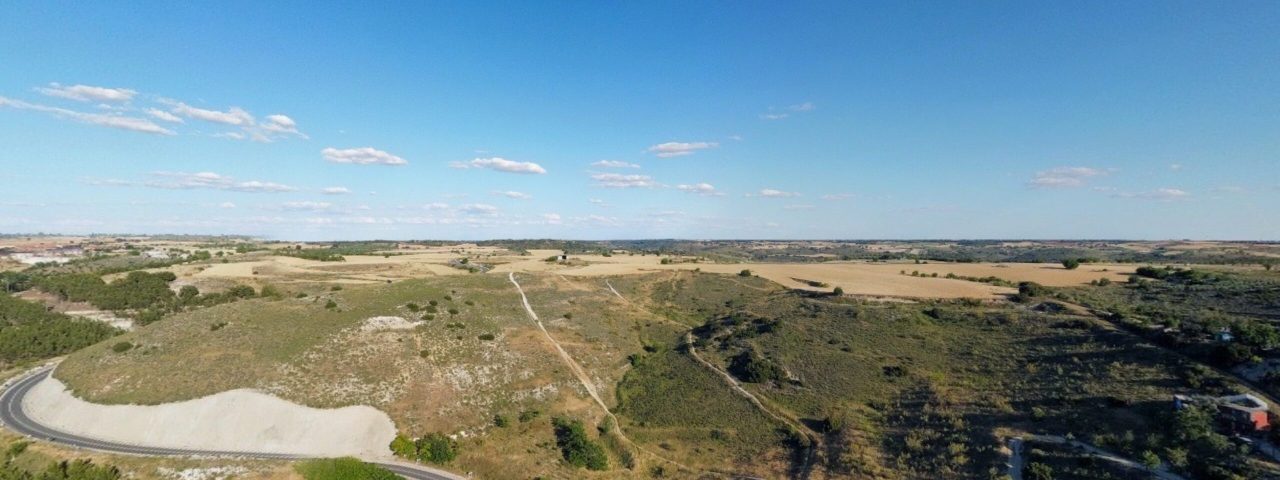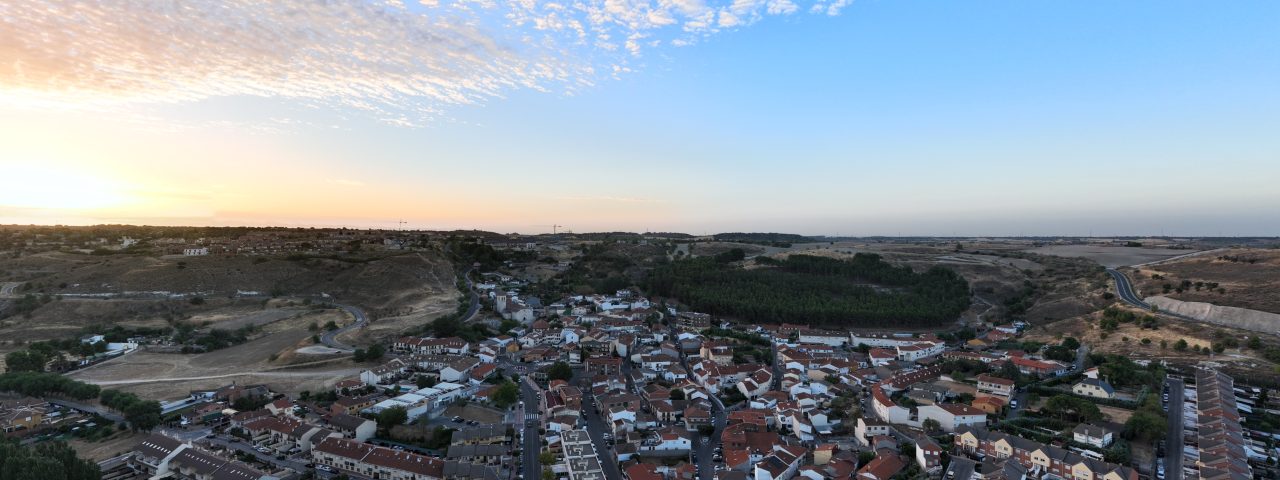Villalbilla has a history that dates back centuries, with influences from various periods of Spain’s past, including the Roman and Moorish occupations. Its proximity to the ancient Roman city of Complutum (modern-day Alcalá de Henares) has had a lasting impact on the region’s culture and history. Roman roads and ruins still influence the landscape, while Moorish and Christian elements have shaped the town’s architecture and customs.
The town maintains many of its traditional Spanish customs, and visitors can experience local festivals such as the “Fiestas de San Blas,” a popular celebration in early February honoring the town’s patron saint. During these festivals, the streets of Villalbilla come alive with parades, music, dancing, and traditional food. Cultural events like these provide an authentic glimpse into the town’s long-standing traditions and communal spirit.
Villalbilla is also part of the Madrid region’s deep-rooted agricultural culture. It has preserved many historical landmarks and rural customs, making it an ideal location for those interested in understanding Spain’s historical and cultural development outside of the capital. Its close relationship with the nearby historic town of Alcalá de Henares, a UNESCO World Heritage site, further enhances its cultural significance in the region.
